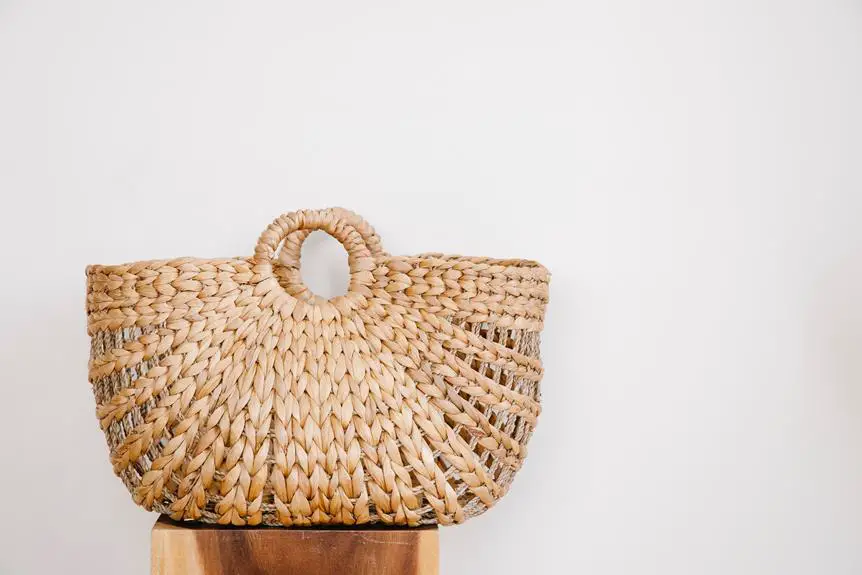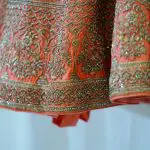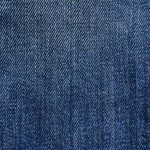When it comes to insulating your lunch bag, choosing the right fabric is crucial. It's like finding the perfect jacket for a winter hike – you want something that will keep the cold out and the warmth in.
In this guide, you'll discover which fabric is best for keeping your lunch fresh and ready to enjoy. From the cozy insulation of cotton to the modern technology of neoprene, each fabric has its strengths and weaknesses.
By the end, you'll be equipped with the knowledge to make an informed decision and keep your meals at the perfect temperature.
Let's dive into the world of lunch bag fabrics and find the best fit for you.
Key Takeaways
- Cotton and neoprene are versatile materials for insulating lunch bags, providing breathability and excellent thermal properties.
- Insulated nylon and polyester are lightweight, durable, and water-resistant options that offer reliable insulation for keeping food fresh.
- Canvas is a sturdy and reliable fabric choice, with moderate durability and insulation. It is also easy to clean and a sustainable option.
- Cotton and polyester are versatile options for insulating lunch bags, with cotton being eco-friendly and renewable, while polyester offers durability and wrinkle resistance.
Cotton
Cotton is a versatile material for insulating your lunch bag, providing both breathability and insulation to keep your food at the desired temperature. When it comes to eco-friendliness, cotton is a clear winner over neoprene. Cotton is a natural, renewable, and biodegradable material, making it an excellent choice for those looking to reduce their environmental impact. Neoprene, on the other hand, is a synthetic material derived from petroleum, and its production involves various chemicals and energy-intensive processes, making it less environmentally friendly than cotton.
To maintain the insulation properties of your cotton lunch bag, it's essential to clean it regularly. Hand washing with a mild detergent and air-drying is the best way to clean a cotton lunch bag. Avoid using harsh chemicals or bleach, as these can degrade the fabric and reduce its insulating capabilities. Additionally, make sure to inspect the bag for any signs of wear and tear, and promptly address any issues to prevent the insulation from being compromised.
Neoprene
Why is neoprene a popular choice for insulating your lunch bag?
Neoprene is a fantastic insulating material for lunch bags due to its excellent thermal properties. It effectively keeps your food at the desired temperature, whether you want to keep it hot or cold.
Neoprene lunch bags also offer several advantages. They're durable, water-resistant, and flexible, making them an ideal choice for everyday use. Neoprene's flexibility allows the bag to accommodate various container shapes and sizes, providing you with a versatile option for carrying your meals.
When it comes to cleaning and maintenance, neoprene lunch bags are relatively easy to care for. They can typically be wiped clean with a damp cloth and mild soap, making it a convenient choice for those with busy lifestyles. Additionally, neoprene is a quick-drying material, so you won't have to wait long before using it again.
Insulated Nylon
Insulated nylon is another excellent choice for insulating your lunch bag, offering its own set of advantages for keeping your food at the desired temperature.
The benefits of nylon insulation include its lightweight and water-resistant properties, making it a practical option for carrying your meals. Nylon fabric is known for its durability, so you can rely on it to withstand everyday wear and tear.
Its strength and resilience make it a long-lasting solution for insulating your lunch bag, ensuring that your food stays fresh and at the right temperature throughout the day. Additionally, nylon is easy to clean, which is essential for maintaining a hygienic environment for your meals. Its smooth texture also makes it effortless to wipe off any spills or messes, keeping your lunch bag looking neat and tidy.
When considering insulated nylon for your lunch bag, you can trust in its ability to provide reliable insulation while offering the durability needed to withstand daily use.
Polyester
When considering polyester for insulating your lunch bag, you'll find it to be a versatile and reliable option. Polyester is a synthetic fabric known for its durability, making it a great choice for a lunch bag that needs to withstand daily wear and tear. Let's compare polyester with cotton and neoprene in terms of durability and insulating properties:
| Properties | Polyester | Cotton |
|---|---|---|
| Durability | Highly durable and resistant to wrinkles | Less durable and prone to wrinkles |
| Insulation | Provides good insulation, keeping food fresh | Provides minimal insulation |
When it comes to durability, polyester outshines cotton due to its resilience and resistance to wrinkles. In terms of insulation, polyester offers better performance than cotton, ensuring your lunch stays fresh for longer periods. Moreover, polyester's insulating properties can be compared to neoprene, a popular material for lunch bags. While neoprene provides excellent insulation, polyester offers a more durable and versatile option for those in need of a reliable lunch bag fabric.
Canvas
You'll find that canvas, a sturdy and reliable fabric choice, offers moderate durability and insulation for your lunch bag. Canvas lunch bags are popular due to their durable and versatile nature.
Canvas is a heavyweight, tightly woven fabric that provides excellent insulation, keeping your food at the desired temperature for longer periods. The tightly woven fibers create a barrier that helps to maintain the internal temperature of the lunch bag, whether you want to keep your food warm or cool.
Canvas also offers the benefit of being easy to clean, making it a practical choice for a lunch bag. Its durability means it can withstand the wear and tear of daily use, and it can be spot cleaned or even machine washed when needed.
Additionally, canvas is a sustainable option, as it's often made from natural fibers, making it an environmentally friendly choice. Its versatility allows for various designs and styles, catering to different preferences while still providing reliable insulation.
Frequently Asked Questions
Are There Any Special Care Instructions for Washing and Maintaining the Fabric of the Lunch Bag?
To maintain the fabric of your lunch bag, follow special care instructions for washing and fabric maintenance. Consider personalized designs with water resistance for spill protection. Look for environmental sustainability and multi-purpose use, suitable for outdoor activities and travel.
Can These Fabrics Be Customized or Personalized With Designs or Logos?
You can customize these fabrics to fit your style. They offer logo application options, allowing you to personalize your lunch bag. These features give you the chance to make your lunch bag unique to you.
How Do These Fabrics Perform in Terms of Water Resistance and Spill Protection?
When it comes to water resistance and spill protection, the best fabrics are those with a tight weave and a water-repellent coating. These qualities help prevent liquids from seeping through, keeping your lunch bag dry and clean.
Are There Any Environmental or Sustainability Considerations for These Fabric Options?
When considering fabric options for your lunch bag, it's important to think about the environmental impact and ethical sourcing. Look for materials that are sustainable and responsibly produced to minimize your footprint.
Can These Fabrics Be Used for Other Purposes Besides Lunch Bags, Such as for Outdoor Activities or Travel?
Sure, these fabrics are great for outdoor activities and travel due to their durability and versatility. They can be used for making camping gear, backpacks, and even outdoor clothing, providing reliable insulation and protection.
- A DIY Guide: How to Build Your Own ‘Caja China’ Roasting Box - June 20, 2025
- Sourcing Wholesale Denim Fabric Directly From Chinese Mills - June 20, 2025
- Silk vs. Polyester Crepe De Chine: Which Fabric Is Right for You? - June 20, 2025







